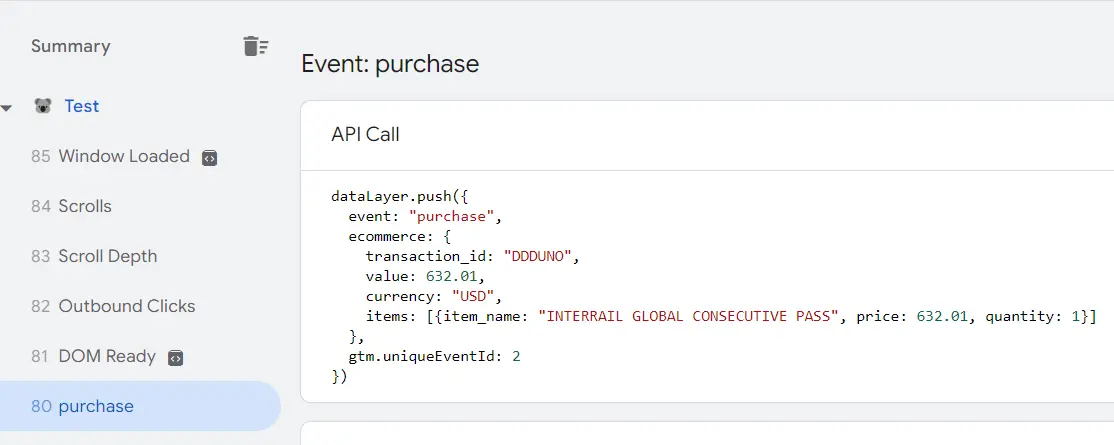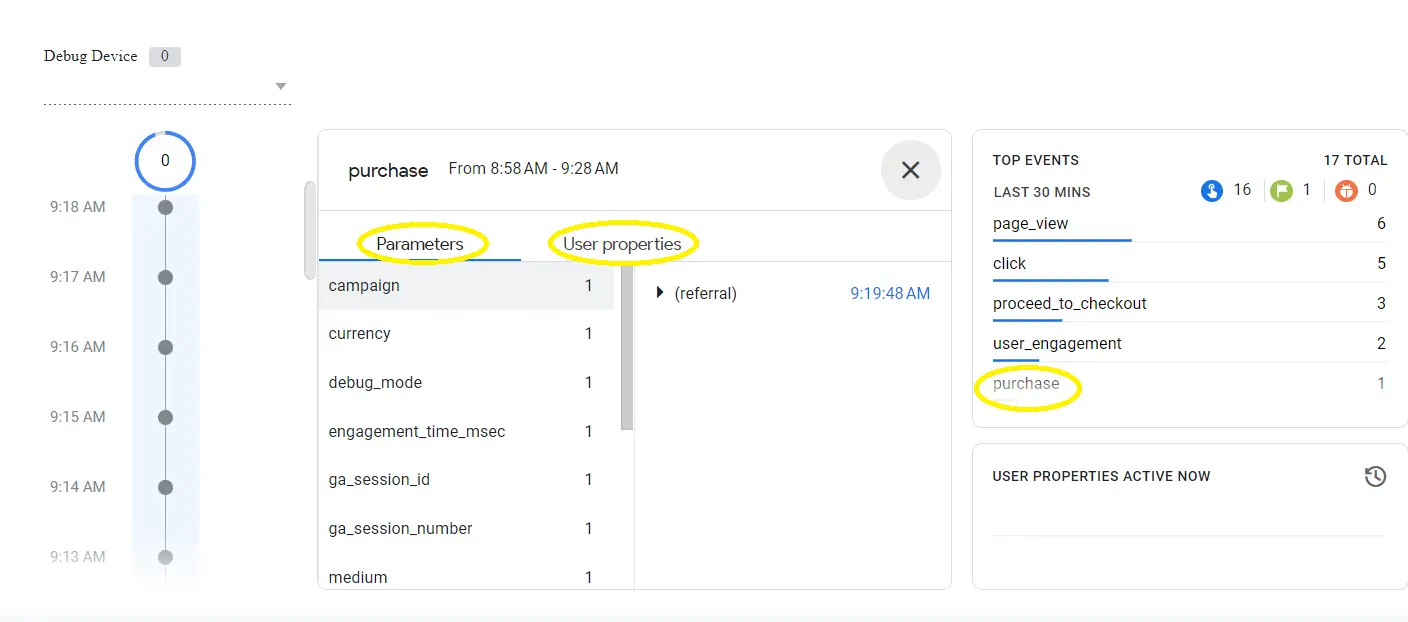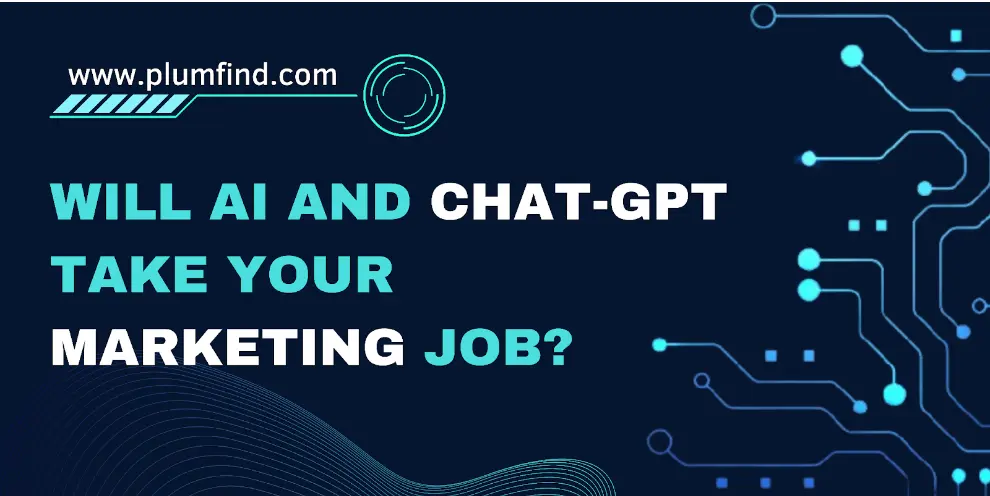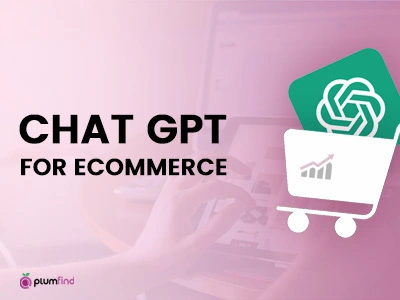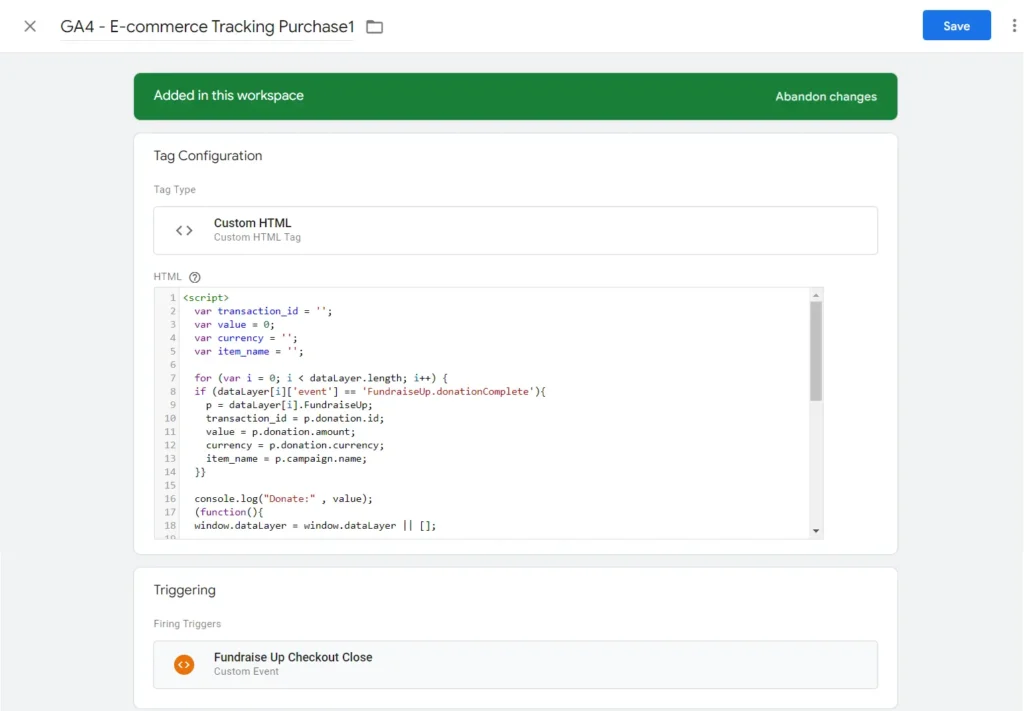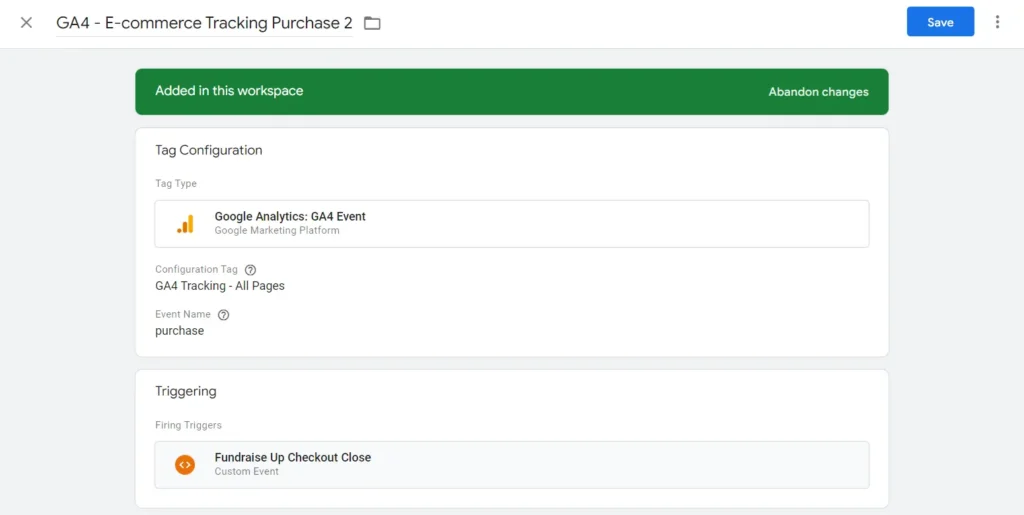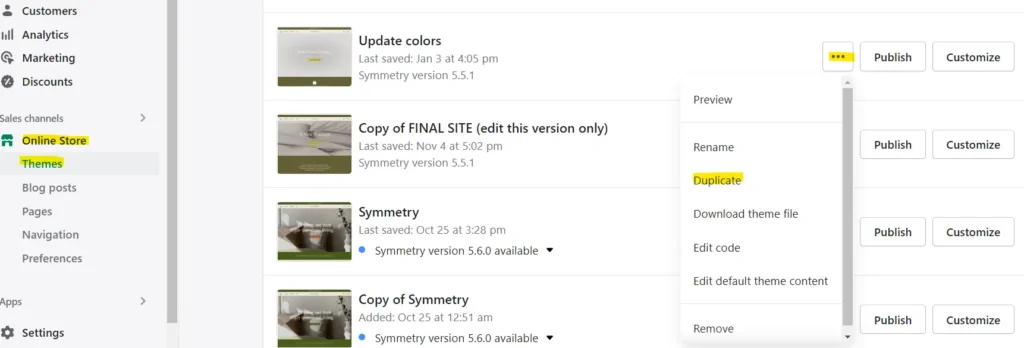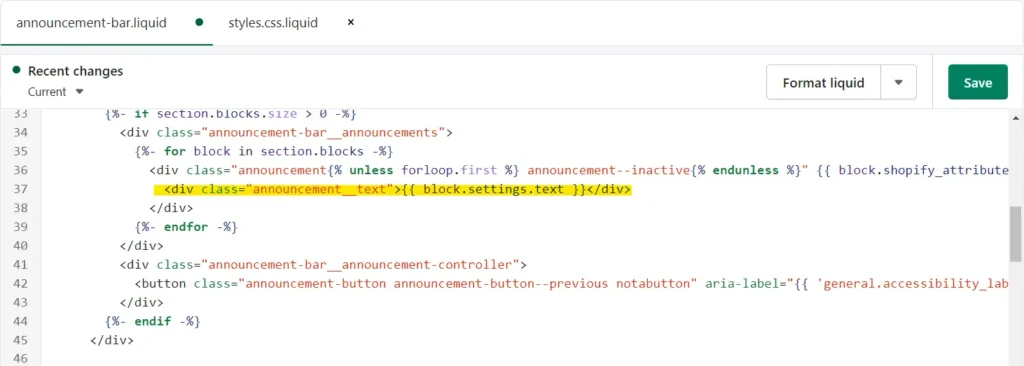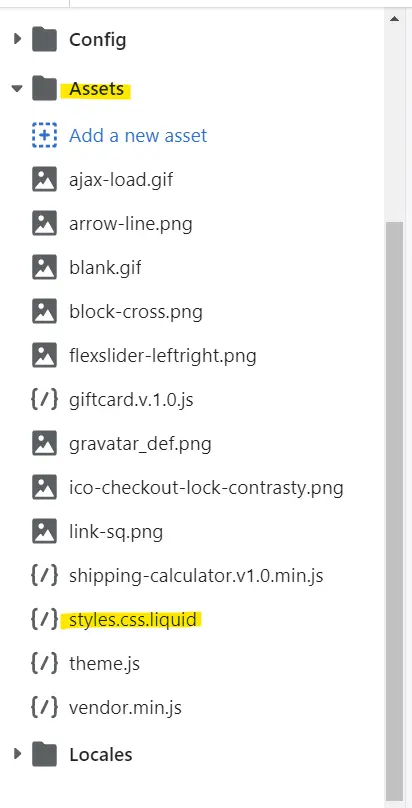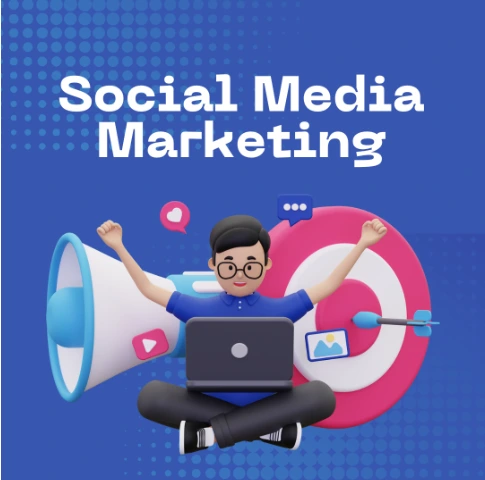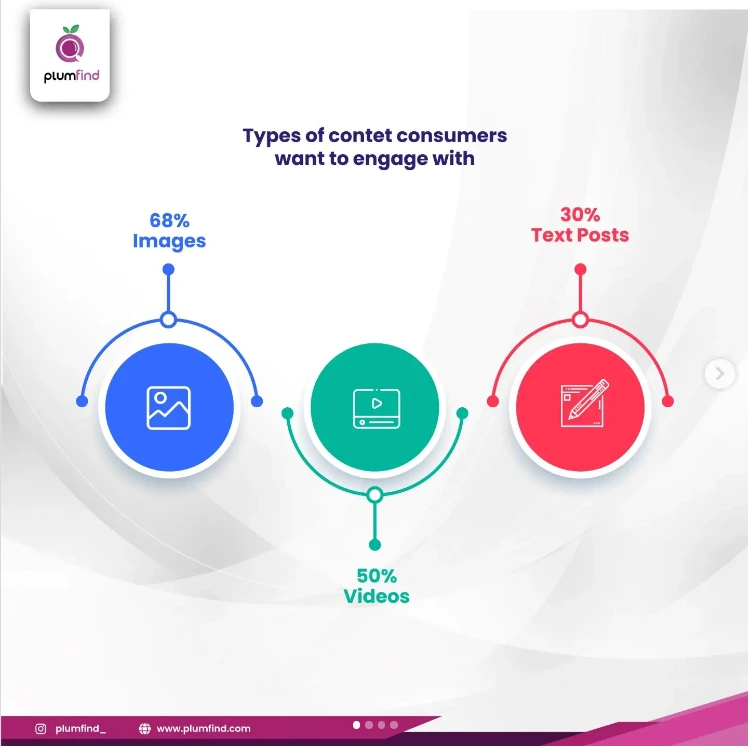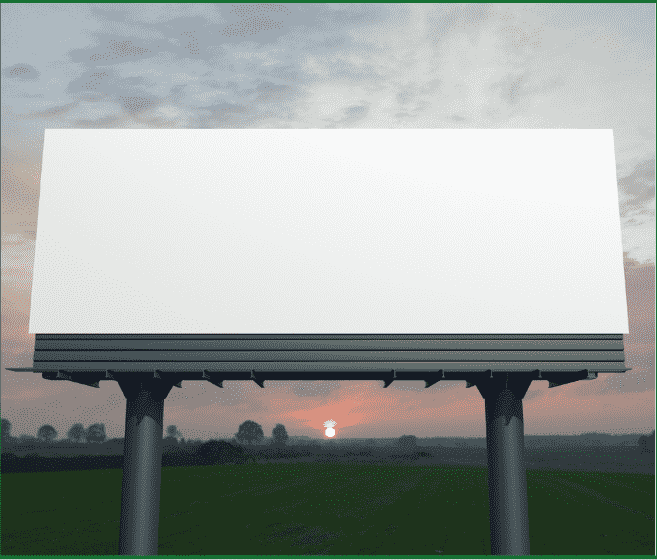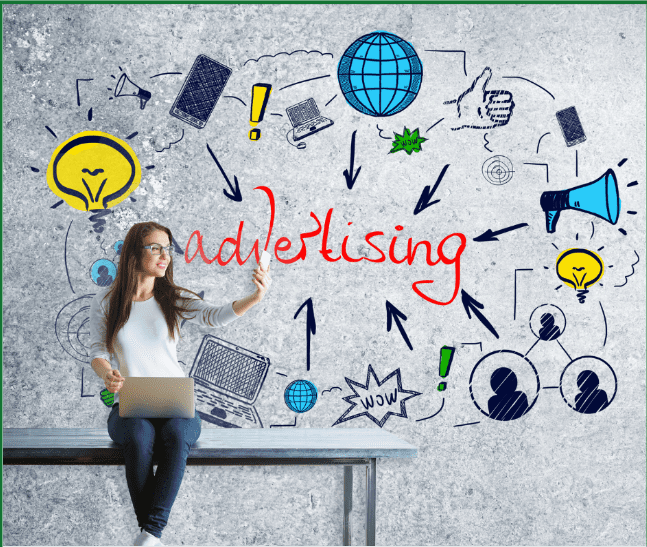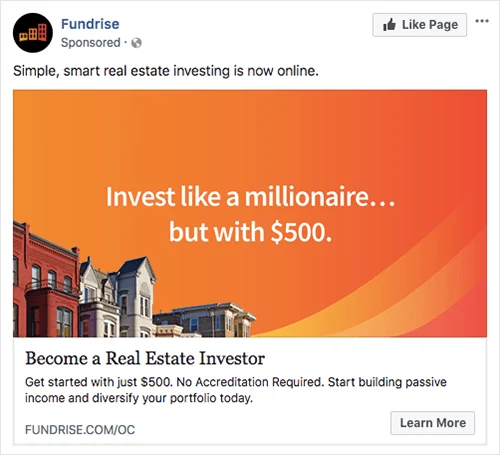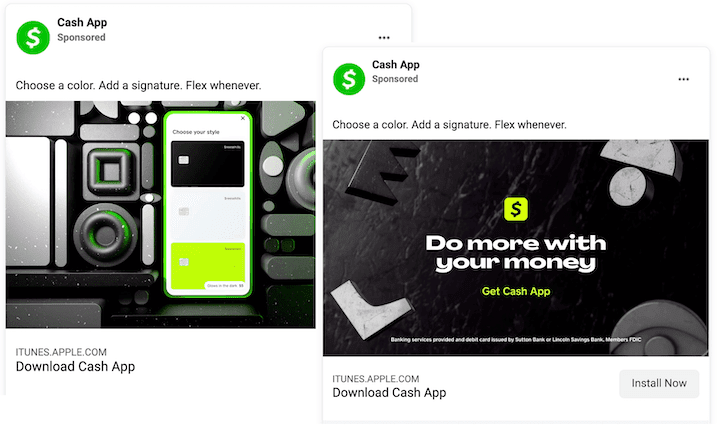Craft magnetic ad copy that compels clicks and conversions. Learn the secrets to writing high-performing fashion ads in 2024. Remember the glorious days of fashion shows?
The hushed anticipation, the whispered “oohs” and “aahs”? Well, in today’s digital realm, the runway is your ad, and the applause comes in the form of clicks and conversions.
But crafting fashion ad copy that stops the scroll and ignites the “buy now” button? That’s an art form, and we’re here to spill the beans on how to do it right.

Step 1: You need a Muse
Before any brushstroke, an artist needs a muse, i.e. before you start creating (in this case, writing ad copy), you need inspiration.
Forget faceless demographics! Define your audience:
- Who are they?
- What makes them tick?
- Are they a chic minimalist or a boho queen?
Understanding their desires, insecurities, and even their inner monologues is key to crafting copy that resonates like a perfectly fitted garment.
Step 2: The Hook that Hangs Them
Forget generic clichés or vague promises. Grab attention with emotional triggers, intriguing questions, or unexpected comparisons.
Think “From Runway to Reality: Wear Confidence” or “Unlock Your Inner Bombshell: This Dress is Calling Your Name.” Remember, curiosity killed the scroll, not the cat.
Neuromarketing research: Studies using brain scans and other physiological measures have shown that emotional content triggers stronger responses in the brain’s reward and attention centers compared to neutral content.(Source: Harvard Business Review: “How to Use Neuroscience to Create More Persuasive Marketing”)P.s. If you need more help growing your Fashion Ecommerce Business, connect with Plumfind Agency.
Step 3: Paint the Picture
Words are your paintbrush, descriptions, your masterpiece. Don’t just list features, evoke an experience.
Let them feel the silk caress their skin, hear the whispered compliments as they walk by. Use sensory language, rich metaphors, and vivid imagery to transport them.
Don’t tell them it’s a dress, tell them it’s a confidence boost, a night to remember, or something they deserve (remember L’Oreal’s iconic slogan “Because you’re worth it”).

Step 4: Irresistible Call to Action
Guide them to the checkout with clear, compelling calls to action. Don’t just say “Shop Now,” consider “Unleash Your Inner Icon” or “Limited Time Offer: Steal the Spotlight.”
Make it feel like an exclusive invitation, a deal just for them.
Bonus Tip: Sprinkle in some trends, but don’t drown in them. A hint of “athleisure-inspired” or “eco-conscious fabrics” adds modern appeal without sacrificing your unique voice.
Step 5: The Social Buzz
Fashion thrives on conversation, and social media is your megaphone. Tailor your ad copy for each platform, understanding its unique rhythm and language.
For example, Twitter demands wit and brevity, Instagram craves visual storytelling, and TikTok lives for trends and challenges.
Ready for a final secret?
Track your analytics like a hawk, understanding what resonates, what flops, and where to fine-tune your message.
Experiment with A/B testing different headlines, visuals, and calls to action. Remember, data is your backstage pass to audience desires, use it to refine your performance and keep the applause rolling.
You can also use Plumfind, to get an idea of how your competitors are doing it.

So, there you have it! The secrets to crafting ad copy that sizzles, sells, and steals the spotlight in 2024 and beyond.
Remember, to tell a story, evoke emotions, and make them crave the feeling your clothes offer. With a dash of audience insight, a sprinkle of headline magic, and a generous dollop of vivid description, you’ll be crafting ad copy that turns browsers into buyers and your digital runway into a catwalk of conversions.
Now go forth, fashionistas, and write your ad copies!
Resource:
- HubSpot’s Buyer Persona Template
- Copyblogger’s Guide to Writing Persuasive Headlines
- Ahrefs’ Guide to Storytelling in Marketing
About the author(s):
Natasha is our Social Media Manager, a law student, and marketing enthusiast. She loves strategizing different methods to get results. A big fan of startups and their psychological aspects. She loves to travel and interact with locals to know the history of those places. She lives in Jaipur, India.




